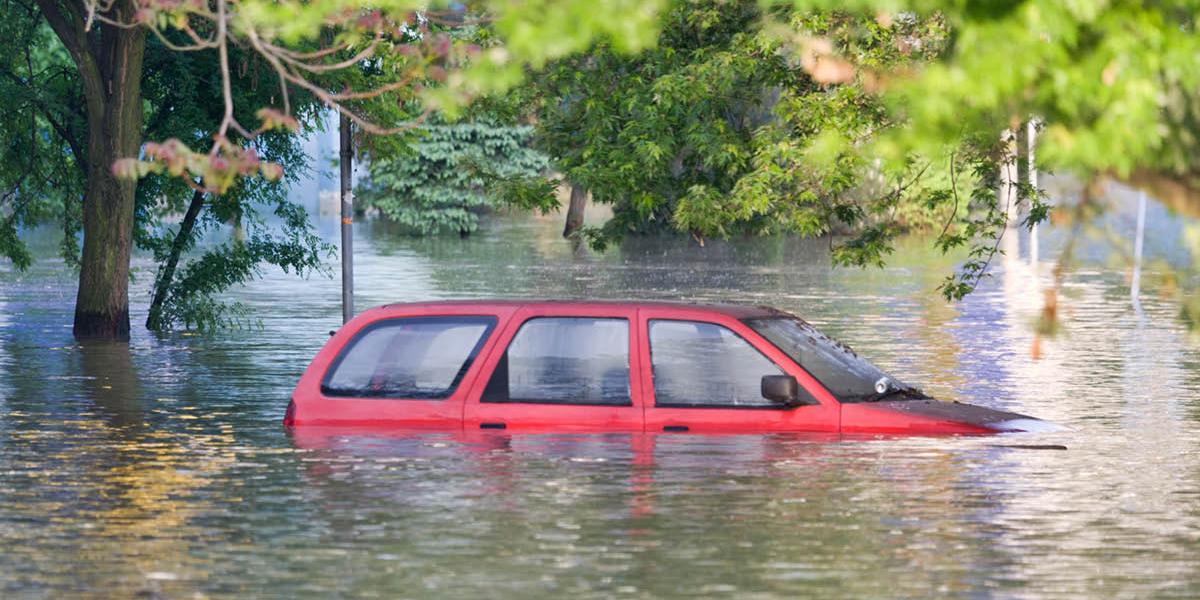Hurricane Idalia, like many other natural disasters, has brought devastating consequences to affected areas, leaving homes and vehicles submerged in floodwaters. One of the most significant challenges following such an event is dealing with flood-damaged vehicles.
If your car has been submerged or partially flooded during the storm, you need to take immediate action to prevent further damage and salvage what you can. Today, I will walk you through the essential steps to take care of your car after it’s been flooded, ensuring your safety, vehicle longevity, and potential recovery.
What to do When Your Car’s Flooded
Before you even approach your flooded car, first step is to prioritize your safety. Floodwaters can carry contaminants, debris, and hidden hazards that can harm you. Do ensure authorities have declared it safe to return to the affected area before attempting to access your vehicle.
If you can safely access the vehicle’s electrical system, disconnect the battery to prevent short-circuits or electrical shock. Don’t forget to wear appropriate protective gear, such as gloves and waterproof boots, when dealing with flood-damaged vehicles
Once you’ve ensured your safety, it’s time to assess the extent of the damage to your car. Start by examining the exterior and interior.
Examine the Car’s Interiors and Exteriors
Look for signs of waterline marks on the car’s body to determine the depth of the flooding. – Check for any visible damage, like dents, scratches, or broken parts. – Inspect the tires and brakes for any signs of damage or contamination.
Next, open the doors and check for water and mud inside the vehicle. – Examine the upholstery, carpets, and electrical components for water damage. – Smell for any signs of mold or mildew, which can develop quickly in a wet environment.
Documenting the damage to your flooded car is also essential for insurance claims and potential future resale. Take clear photos and videos of both the exterior and interior damage.
And as soon as you’ve assessed the damage and documented it, contact your insurance company. Notify them of the situation, providing all the necessary information and documentation. Be prepared to answer questions about the extent of the damage and the circumstances of the flooding.
How to Prevent Further Damage
To prevent further damage to your flooded car, follow these steps:
If the water level inside the car is not too high, use a wet-dry vacuum or towels to remove as much standing water as possible. Leave the car doors open and use fans or dehumidifiers to help dry out the interior. Mold and mildew can develop rapidly in a damp environment, so quick drying is also a must.
Even after drying out your car, thoroughly clean and disinfect the interior to prevent mold and odors. Use a mixture of water and mild detergent to clean all surfaces, followed by a disinfectant to kill any bacteria or mold spores that may have remained.
Moreover, you can also apply lubricants to door locks, hinges, and other moving parts to prevent rust and corrosion. Protect electrical connectors with a moisture-displacing spray. If your car’s engine was partially submerged, have a professional mechanic check and change the oil and transmission fluid. They will be able to assess the extent of the damage more accurately and identify any hidden issues that may not be immediately apparent.
The Possibility of Total Loss
In some cases, the flood damage to your car may be so extensive that it’s considered a total loss by your insurance company. This means that the cost of repairs exceeds the car’s actual value. While it can be disappointing to lose your vehicle, accepting a total loss settlement may be the most practical option
Finally, be aware of your rights and responsibilities as a vehicle owner dealing with flood damage. Laws and regulations regarding flood-damaged vehicles vary by location, so research your local guidelines.

